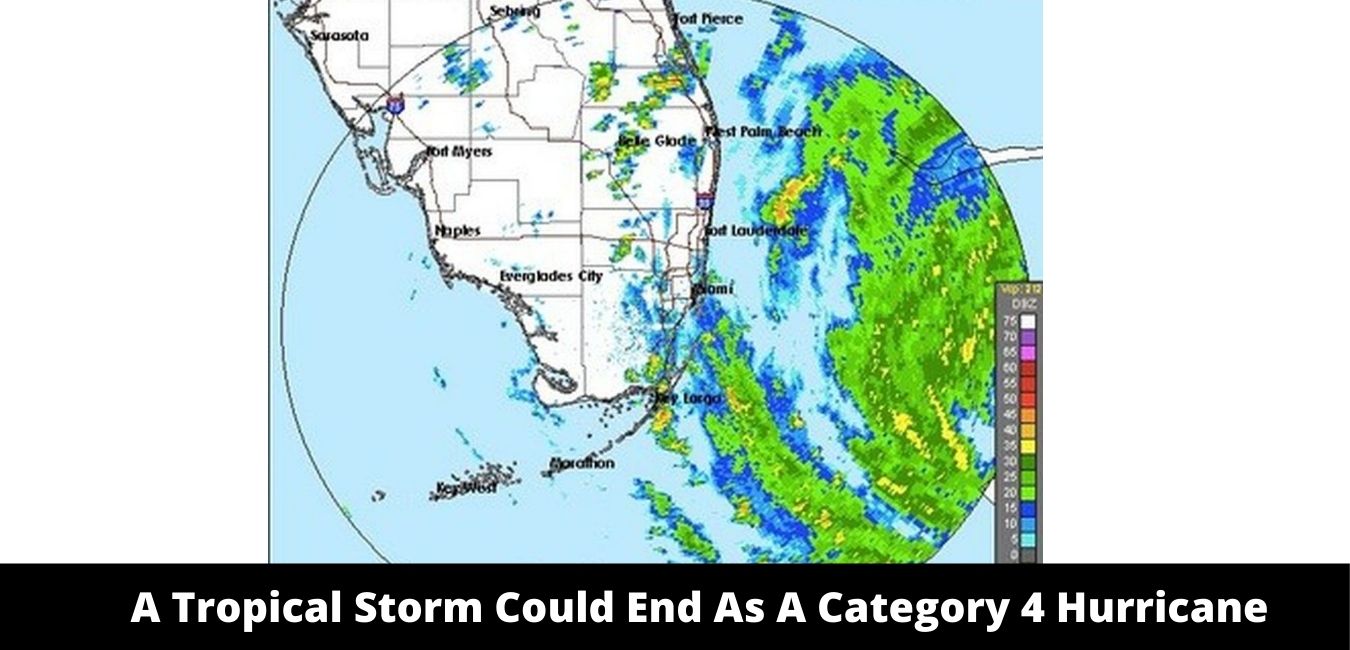Forecasts indicate that the intensity of Hurricane Sam will begin to decline slowly as of Saturday when it begins to encounter cold water temperatures and devastating wind shear. Still, until then, it is forecast to remain a powerful hurricane. Meteorologists said.
Earlier on Wednesday, Sam appeared to be a Category 4 hurricane, having peak winds of between 140 and 130 mph, in a busy hurricane season that continues to advance through the record books.
Phil Klotzbach, the Colorado State University hurricane expert, says: “If Sam maintains its status as a major hurricane for the next three days, it will be only the fourth hurricane in the Atlantic to form on or after September 23, and it will be a major hurricane for seven or more days.” The other hurricanes were Hurricane Matthew in 2016, Great Charleston in 1893, and Hurricane 7 in 1878.
As that happens, the National Hurricane Center expects a tropical depression, or tropical storm, to form on the eastern tip of the Atlantic and move west-northwest, according to the National Hurricane Center. If a tropical storm does form, it would be the 20th named storm of the season, named Victor.
Just west of the first system, an area of low pressure is unlikely to transform into a tropical depression. Forecasters said this depression is likely to be absorbed by a stronger system to the east.
Experts say that if two more storms form this season, 2021 will rank third in the record books for the number of named storms generated in a hurricane season.
For 2021, Victor and Wanda are the last names of the remaining storms. Subsequent storms would be named using an overflow list, including Adria, Braylen, Caridad, Deshawn, Emery, Foster, Gemma, and Heath.
Experts expect Sam, the fourth hurricane in 2021, to maintain a northwestward path and accelerate, then head north on Friday, and then northeast, away from Florida and the Caribbean, but closer. To Bermuda.
Read More: There’s Possibility That Ohioans Will Face Flu And Covid “Twindemic
Final words
Currently, Hurricane Sam remains in open water, and as it does so, it can create life-threatening waves and currents, which may reach the east coast of the United States this week, affecting New York and North Florida.
At 5 AM Wednesday, Sam was about 455 miles east of the northeastern Caribbean islands, moving northwest at nine mph, with hurricane-force winds extending 40 miles from its center.
This season, Sam is the fifth storm, along with Elsa, Grace, Ida, and Larry, to experience rapid intensification, meaning their maximum winds increased by 35 mph or more in 24 hours. On Saturday, it rapidly intensified from a Category 2 hurricane to a Category 4 hurricane. Sam’s maximum sustained winds were within 10 mph of the minimum threshold for a Category 5 hurricane on Sunday.
Read More: How the Delta Variation Cooled California’s Economic Outlook

Leave a Reply